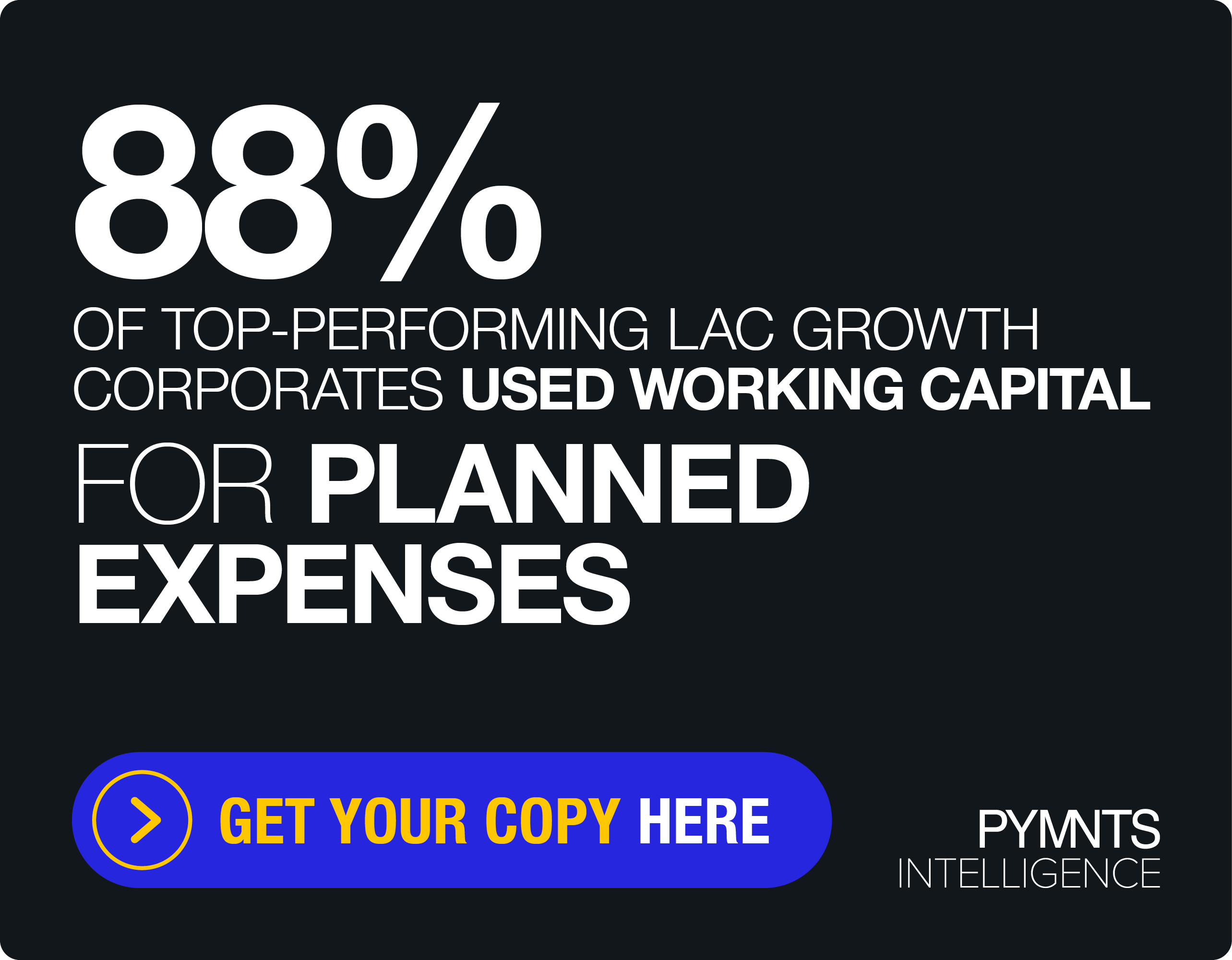Zuckerberg Sees Three AI Categories Driving Meta’s Growth

Meta’s investments in tomorrow are running up tens of billions in losses today.
But while the tech giant’s Reality Labs segment, responsible for the metaverse and other longshot bets, has passed over $40 billion in total losses — including a whopping $21.3 billion since 2022 — the organization’s executives remain unfazed.
“This is an ambitious long-term horizon multifaceted road map. There are lots of components to the Reality Labs portfolio across VR, AR, Metaverse, social platforms, neural interfaces. And we really have a long-term time horizon for evaluating the return on our investments here,” Meta’s Chief Financial Officer Susan Li told investors on the company’s second quarter 2023 earnings call Wednesday (July 26).
“Most people aren’t investing on quite as long of a time horizon as we are here, so I kind of get that,” added Meta Co-Founder and CEO Mark Zuckerberg.
“I do continue to believe that over time we will be happy that we did it,” he emphasized.
Reality Labs posted a $3.7 billion operating loss on $276 million in sales during this most recent quarter, down from the $339 million in revenue it brought during the first quarter of 2023.
Meta’s earnings report indicated that operating losses in the Reality Labs unit are expected “to increase meaningfully year-over-year due to ongoing product development efforts in augmented reality/virtual reality and investments to further scale our ecosystem.”
Still, the company’s stock is up around 6%, enjoying its highest intraday trading levels since February 2022. Meta’s stock overall has jumped 165% this year.
The “year of efficiency” is paying off — despite observers noting that the most recent earnings are still 30% below Q3 2021 highs.
And the future business outlook remains rosy. Why? Two words: artificial intelligence (AI).
See also: Meta Sharpens AI Strategy as Tech Giants Crowd Marketplace
Big Tech Jostles for Room in Crowded AI Space
Things move quickly within the tech landscape. A month ago, no one was talking about Threads, a quarter ago there was barely any discussion of Meta’s AI model LLaMA, and going back a year there was hardly any buzz around AI – at least compared to the contemporary furor.
Now, these topics dominated Meta’s earnings Q&A section.
The expression “AI” was said 59 times on Meta’s Q2 earnings call. It was mentioned over 70 times on Alphabet’s.
“AI includes both all of the ranking and recommendation systems that power the core apps, so all the content that you’re seeing in Facebook and Instagram, all the ad content that you’re seeing, it also underpins all the safety systems that we build and increasingly it’s all the generative AI stuff,” Zuckerberg said. “We don’t think that there’s going to be one single AI that people interact with.”
Read more: Meta Is Losing Over $1B a Month on Metaverse Strategy
There are three core areas where Meta sees itself excelling and winning market share within the AI ecosystem.
“Overall, I think there are three basic categories of our products or technologies that we’re planning on building with generative AI,” Zuckerberg told investors on the call.
The first is external-facing generative AI features including “helping advertisers basically run ads without needing to supply as much creative” and filling other gaps, the Meta CEO said.
These AI applications around advertising helped bump up Meta’s average revenue per user to $10.63 versus the $10.22 expected by Wall Street.
“AI is driving results across our monetization tools, through our automated ads products, which we call Meta Advantage. Almost all our advertisers are using at least one of our AI-driven products,” Zuckerberg said.
Meta has “done a lot of work to unlock demand liquidity” for its Reels short form video product, “bringing over three-quarters of our advertisers into the Reels ad format,” explained Li, Meta’s CFO.
“AI-recommended content from accounts you don’t follow is now the fastest-growing category of content on Facebook’s feeds … since introducing these recommendations, they’ve driven a 7% increase in overall time spent on the platform,” Zuckerberg added.
The second AI opportunity area for Meta is internal-facing, and relates to Meta’s focus on productivity and efficiency internally.
“It’s everything from helping engineers write code faster to helping people internally understand the overall knowledge base at the company, and things like that,” Zuckerberg explained.
“We’re leveraging AI to move our systems towards using fewer larger models that enable us to leverage learnings across product surfaces and deploy improvements more quickly, broadly and efficiently,” Li said.
AI as Business Infrastructure
The third AI opportunity area appeared to be the one Meta’s leaders were most excited about: generative AI customer agents.
“We do think there’s going to be a big opportunity for businesses to leverage AI agents to respond to messages at scale in the future,” said Meta’s VP of finance, Chad Heaton.
“So that’s kind of the opportunity we think over the longer term to hit more of the developed markets with click-to-messaging, but we are seeing good growth even today in advance of that,” he added.
Zuckerberg agreed, telling investors, “The one that I think is going to have the fastest direct business loop is going to be around helping people interact with businesses. I mean, you can imagine a world where over time every business has an AI agent that basically people can message and interact with them. … It’s quite human labor intensive for a person to be on the other side of that interaction.”
As it relates to the more philosophical topics of open source vs. closed source foundational AI models, Zuckerberg explained that “open sourcing our work allows the industry, including us, to benefit from innovations that come from everywhere … specifically around safety and security. That’s a very important issue in AI. … We’ve just seen through the history here that open-source software gets scrutinized more and therefore ends up being more secure and safer.”
The company expects total capital expenditures to grow in 2024, driven by investments across both data centers and servers, particularly in support of its AI work.

